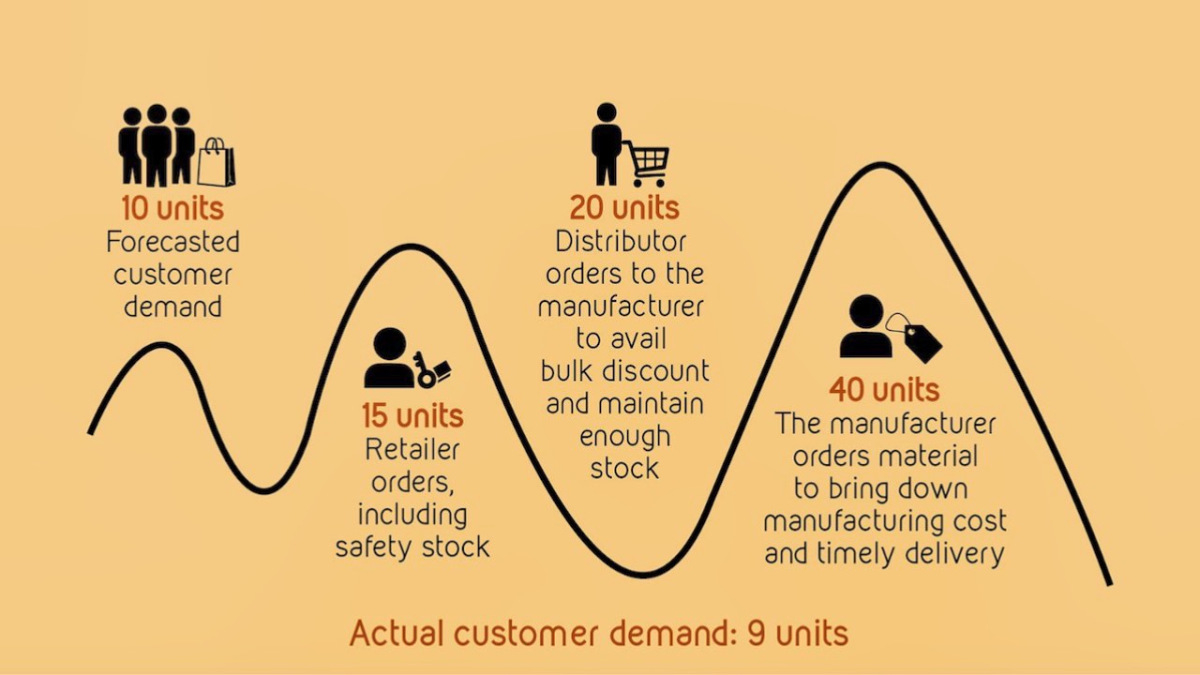
Abstract
Choosing the right competitive strategy helps a firm to compete with it rivals and become a leader in the market. Two different generic types of competitive strategies consisting of low-cost provider and differentiation have been wildly accepted by firms in every industry, but they are mutually exclusive and are not implemented at the same time. Nevertheless, contemporary studies agree that those two strategies can be combined, and firm should implement mutual strategies. Therefore, this research aims to examine the compatibility of a low-cost provider strategy and a differentiation strategy, and their impacts on organizational performance, considering various environmental factors. Methodologically, a quantitative approach was deployed using multiple regressions to analyze the responses from 42 CEOs in Thai public limited companies in eight different industries, which were classified in SET 100 index. The findings showed that combined strategies produced more significant impacts on the companies’ performance than a single strategy. Thus, firms may combine both low cost and differentiation strategies and implement them simultaneously. In addition, control variables (rapid change and uncertainty) and strategy variables appear to have significant impacts on companies’ performance. Therefore, firms should not ignore them to prevent negative consequences.
Published in
Polish Journal of Management Studies 2021; 23 (2): 321-334


